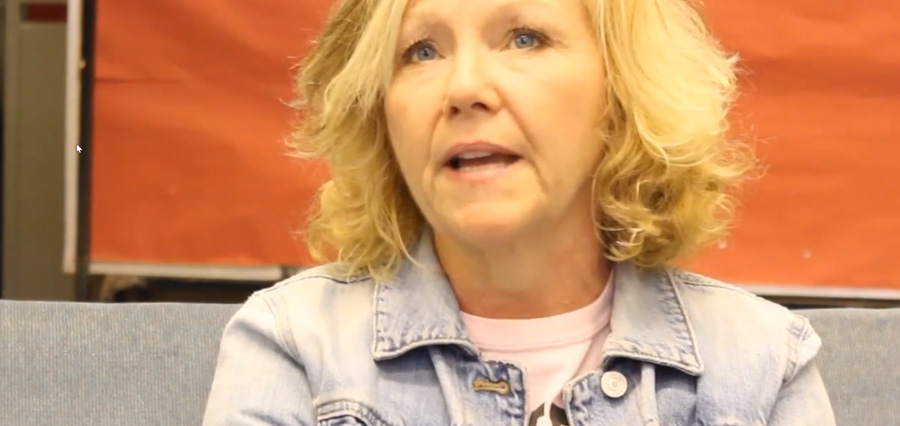Overview
After a period of administrative transition, Centennial Secondary built on their strong history of social responsibility and social emotional learning to tackle some of the challenges they faced. Professional learning, school leadership, caring relationships and a focus on social emotional learning all played a role in turning around the school’s culture and reputation.
Our Approach
At Centennial, the partnership we formed with UBC was a crucial element in improving to our school culture. Dr. Shelley Hymel conducted a longitudinal school climate survey that guided our subsequent actions. Based on the survey findings, we focused on caring relationships, professional learning and school leadership. A professional learning series in social emotional learning (SEL) provided a strong foundation for staff to make changes. An SEL task force was formed and intentional meeting structures were established to build relationships between adults and students. School-wide structures were put in place to identify and support at-risk students. There was a concerted effort to build a sense of community in the school, with particular effort placed on making new arrivals to Canada feel welcome and part of the school community. A follow-up climate survey in 2012 showed significant improvement in students’ level of anxiety about personal safety, and their perception of how caring their peers and teachers/other adults were.
Quick Tips
- Focusing on the way adults interact with students a on a daily basis is fundamental to changing school culture.
- Available data, such as school climate surveys, staff and parent perceptions, can provide the impetus to change.
- School-wide professional learning opportunities can help get everyone “facing the right direction” as you make changes.
SC Strategies
- Informed by data from 2008-12 longitudinal study, strong school-level leadership has established processes and structures, such as the SEL Committee and the Transition class, that support connectedness.
- Students were provided with peer mentoring, leadership and other large and small group opportunities to enhance their social-emotional skills.
- School staff participate in professional learning opportunities such as Restorative Action and Social Emotional Learning, and engage in staff working groups and activities focused on building connectedness.
- Caring relationships are fostered through intentional actions targeting at-risk students and new arrivals.
Resources
- Available school connectedness data:
- District and school data is available from your school district and/or principal. (downloadable data files for all schools).
- The BC Adolescent Health Survey (BC AHS), a self-report a questionnaire for grades 7-12, gathers information about young people’s physical and emotional health, and the factors that can influence health during adolescence or in later life. Provincial and regional results are available. Participating school districts will also have their own results.
- Middle Development Instrument (MDI) reports for participating districts. A self-report questionnaire completed by children in Grade 4 and Grade 7. School districts, communities and schools use the results to initiate conversations, support planning activities and strengthen school-community partnerships.
- Learning by Heart: The Power of Social-Emotional Learning in Secondary Schools (report, 2014). B. Cervone; K. Cushman. An investigation into what it would it take to weave social and emotional learning (SEL) into the daily fabric of high schools, identifying distinct practices, programs, and structures that help schools embed SEL into ongoing teaching and learning.
- The Teenage Brain and how compassion and empathy can be cultivated during the teenage years (video, 14 minutes, 2014). Dr. Daniel Siegel.
- Whole School, Whole Community, Whole Child, (document, 2014), ASCD. Presents an ecological approach directed at the whole school, with the school in turn drawing its resources and influences from the whole community and serving to address the needs of the whole child.
- Developing Positive Teacher-Student Relations (chapter of book Educator’s Guide to Preventing and Solving Discipline Problems, by Mark Boynton and Christine Boynton, 2005). Concrete examples and techniques for improving student-teacher relationships.
